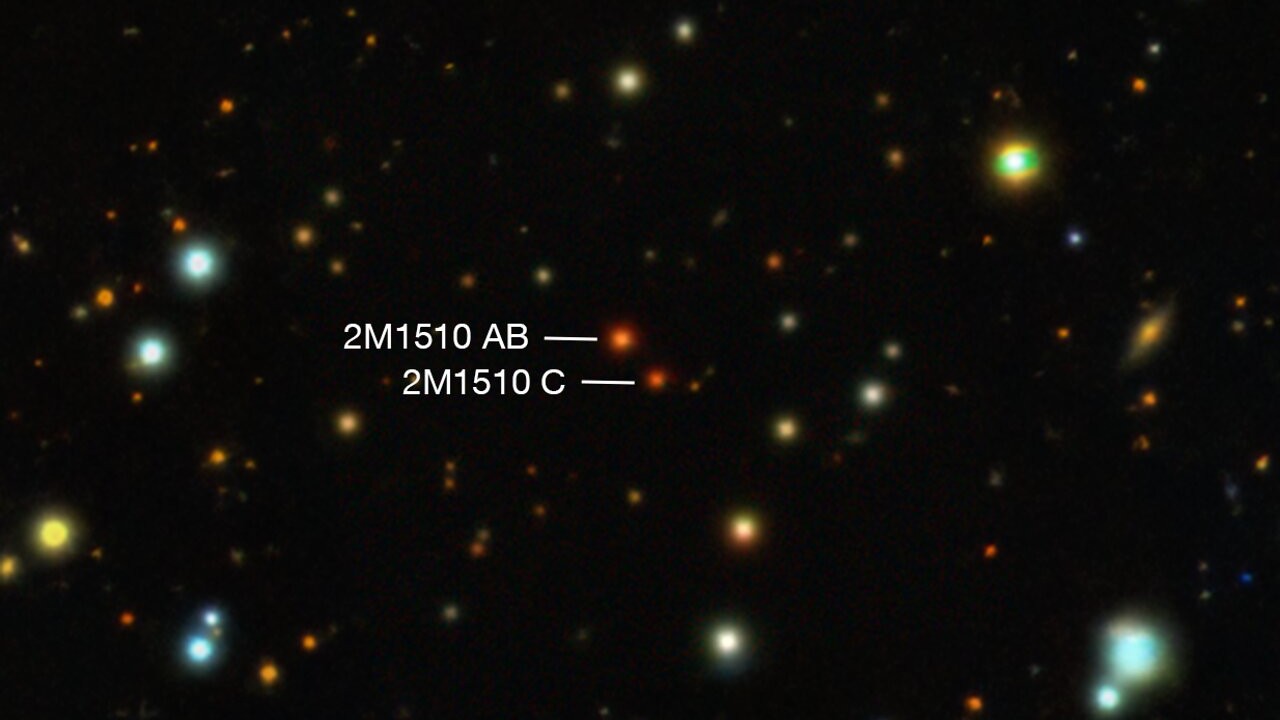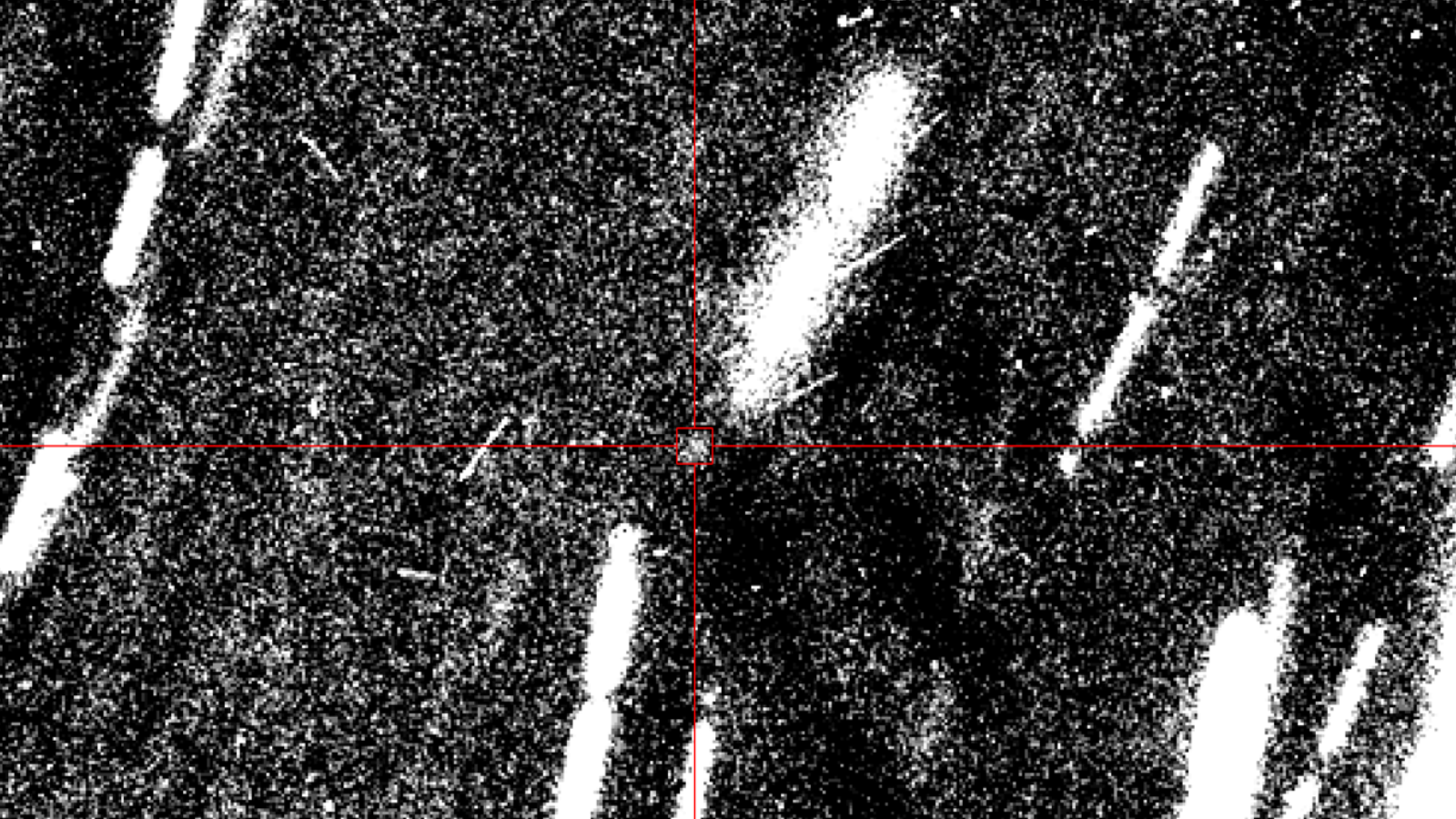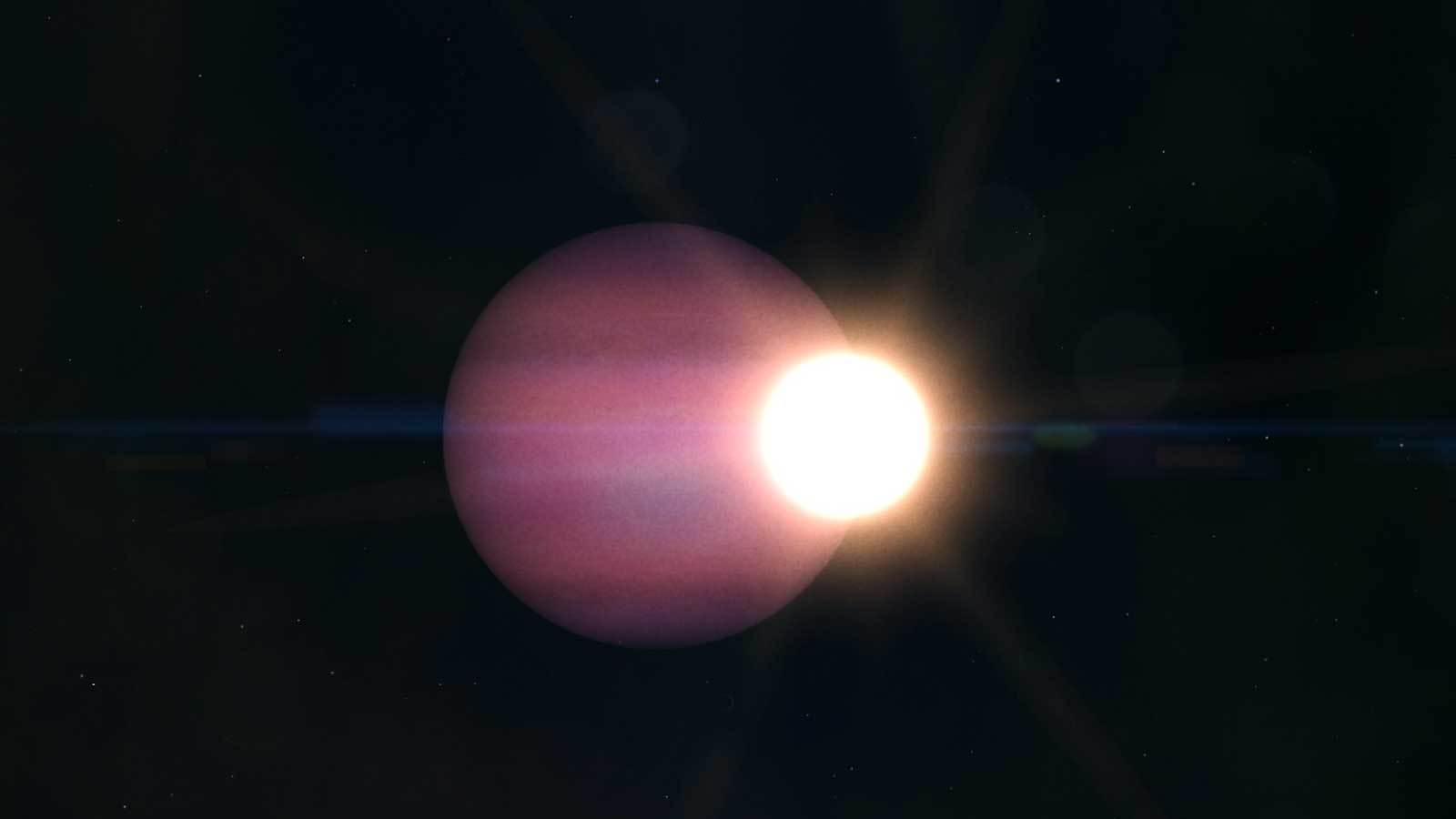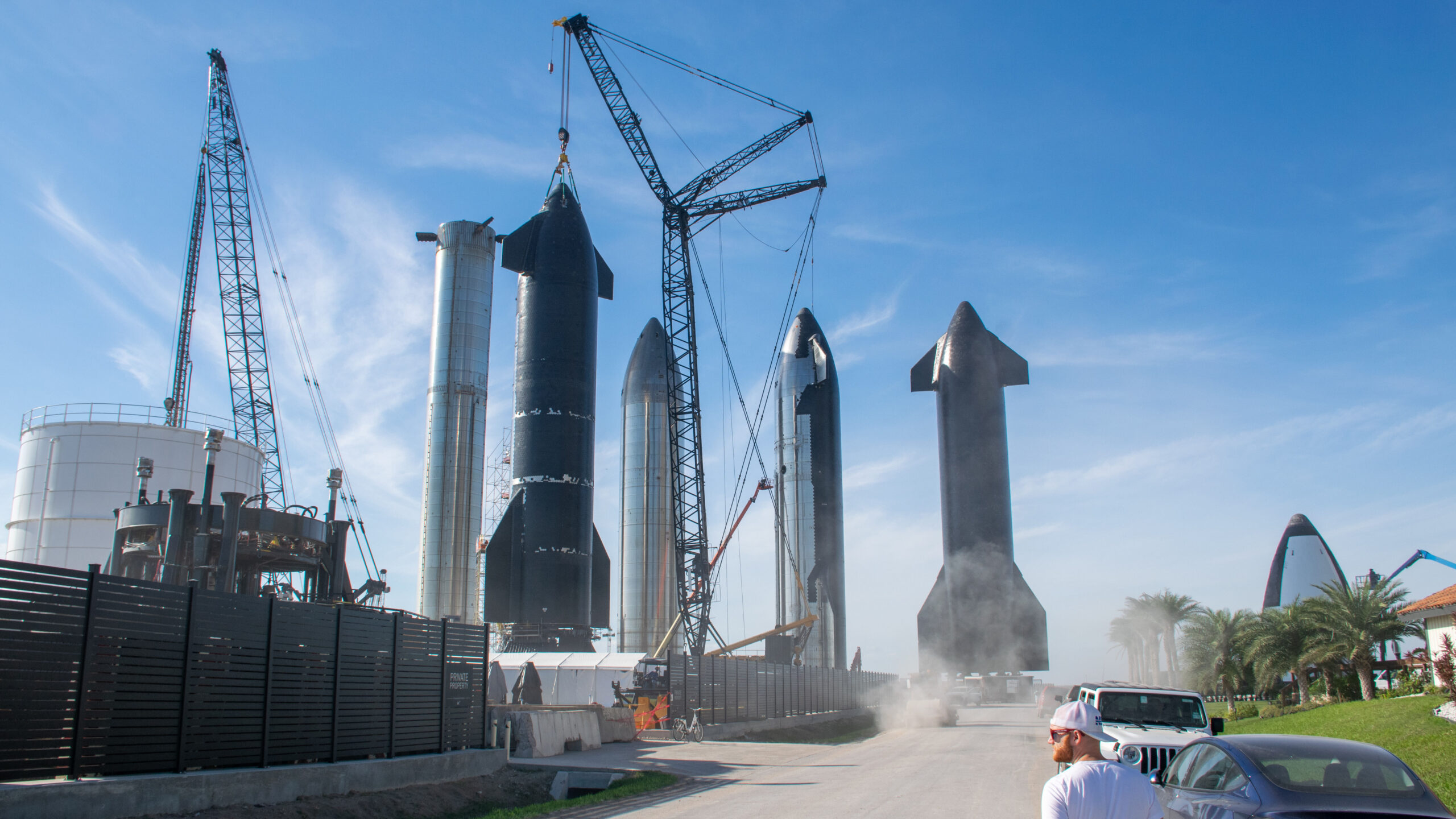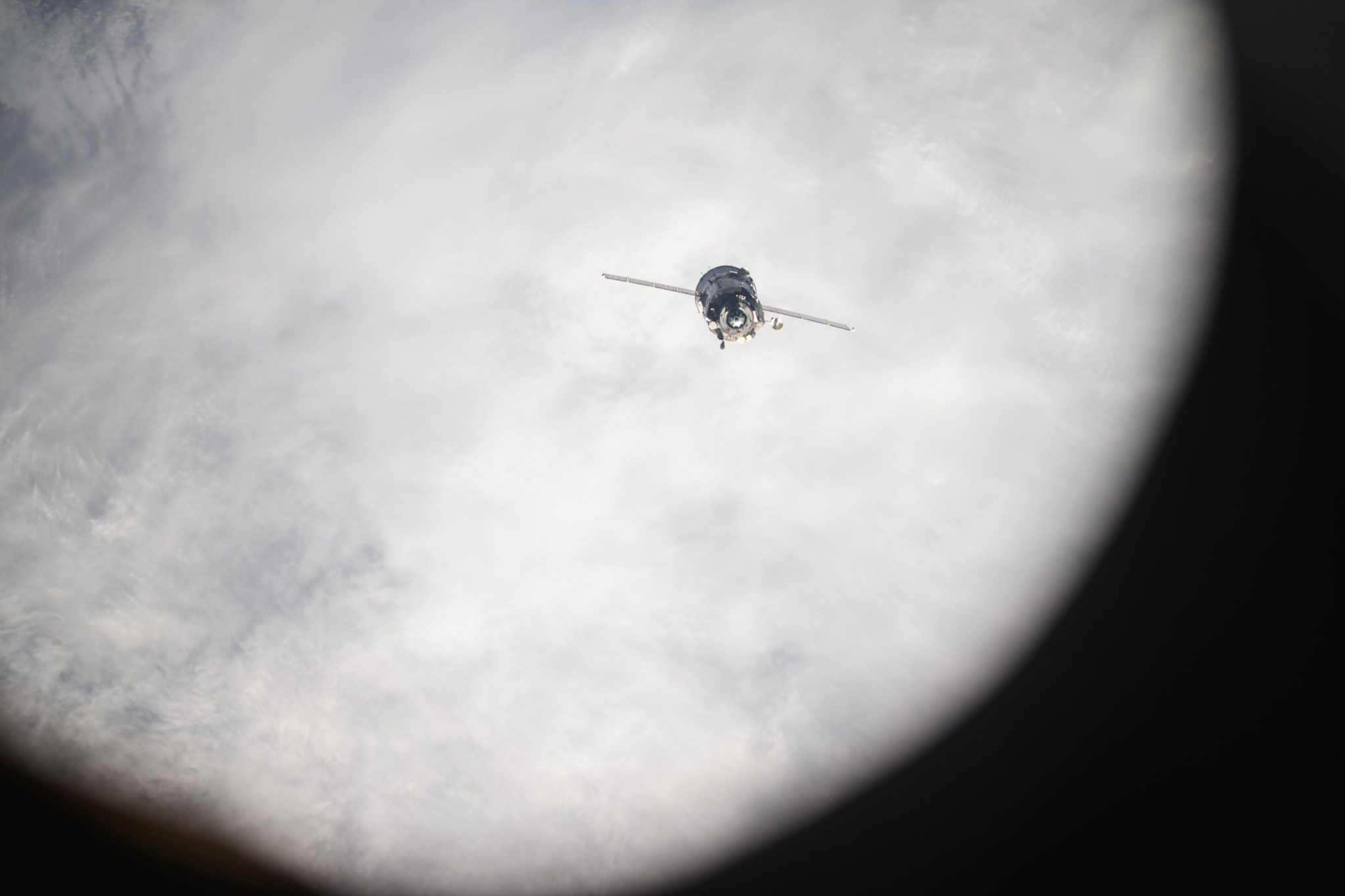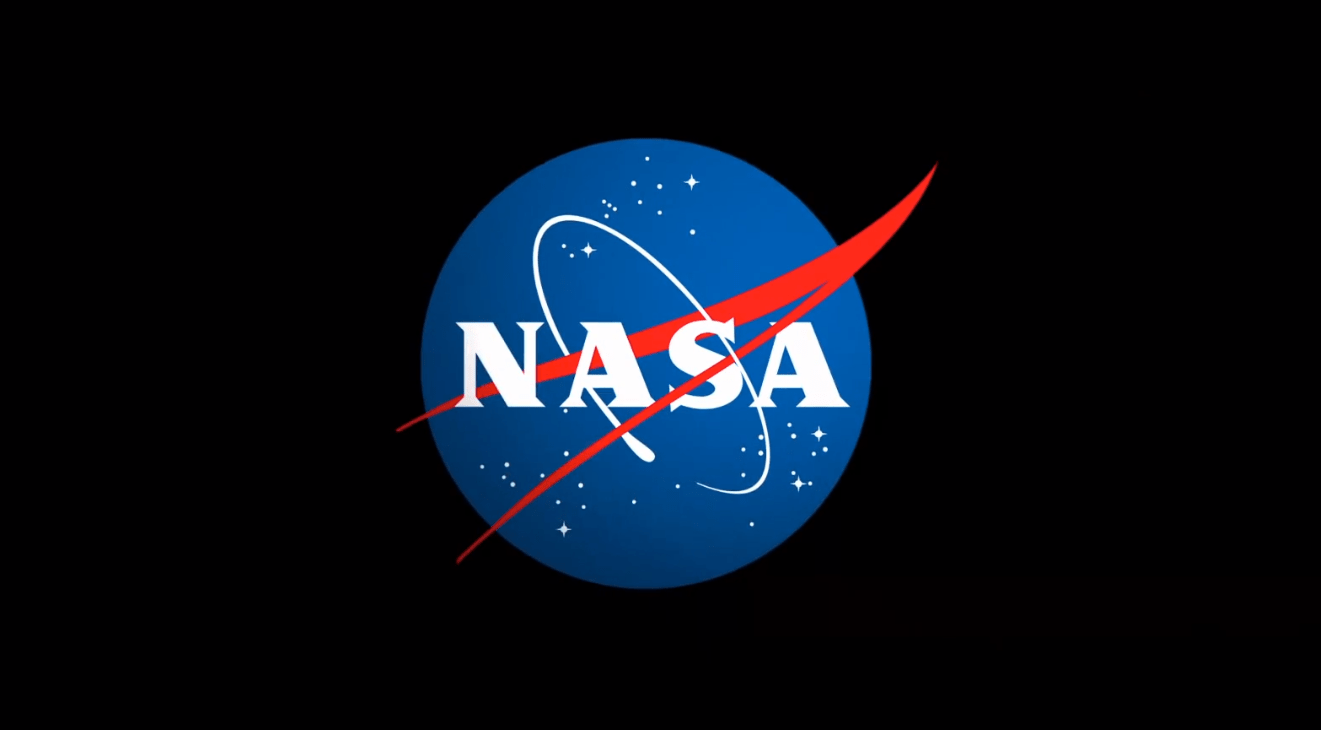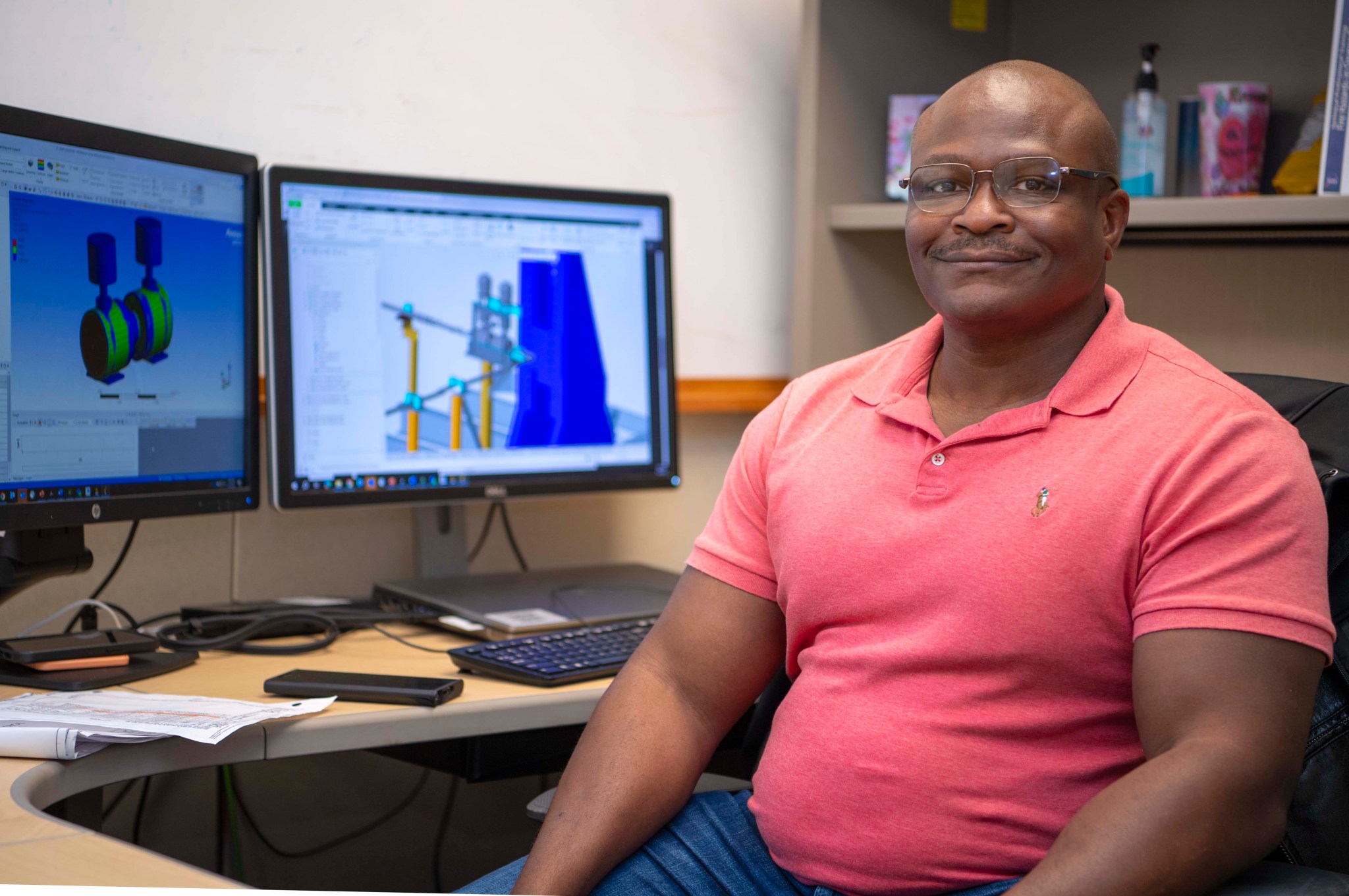Close down the airlocks and batten all hull hatches for a veritable meteor storm of new “Star Wars” books coming to us over the next year. These magnificent titles were recently announced at the official Lucasfilm Publishing panel “Stories From a Galaxy Far, Far Away” during this past month’s Star Wars Celebration Japan 2025. Physical media is making a major comeback these days, whether it’s remastered premium vinyl soundtracks of your favorite films or special edition 4K UHD Blu-ray releases of indie gems and Hollywood classics. Star Wars fanatics are…
Read MoreAuthor: NeRD
What would it be like living on Tatooine from ‘Star Wars’? This exoplanet orbiting twin suns could tell us
A Tatooine-like world with a key difference from the desert planet in “Star Wars” has been serendipitously discovered orbiting not two stars, but a pair of brown dwarfs. What’s more, this wacky planet doesn’t orbit around the brown dwarfs’ equator, but instead up and down over their poles. In the “Star Wars” universe, Luke Skywalker famously came from the planet of Tatooine, which had two suns and double sunsets. Tatooine is in a circumbinary orbit, which means that it doesn’t orbit one star, but instead orbits both stars of a…
Read MoreFor Star Wars Day, May the 4th, you’ll have to use all your Jedi powers to grab this Lego set — Jango Fett’s Starship WILL sell out fast
For Star Wars Day, May 4th (‘May the 4th be with you’) Lego has dropped what might just become one of the best Lego Star Wars sets of all-time. The incredibly detailed Jango Fett Starship set (75409) is out now at Lego, and is the first new Star Wars UCS sets of 2025. The all-new 2,970-piece Lego set is priced at $299.99 and for a very limited time Lego is gifting buyers of this brilliant new Lego set with three Star Wars Lego themed gifts. Jango Fett’s Starship Key Chain,…
Read MoreGet everybody’s favorite droid at its lowest-ever price for Star Wars Day!
Today is Star Wars Day and there are loads of deals to be had for Star Wars fans! This Lego Star Wars R2-D2 collectible is at its lowest ever price, down 30% to $168! The 2315-piece set will please classic and new Star Wars fans and is a steal at this limited-time price. Save 30% on Lego R2-D2 when you grab it on Amazon This is one of the biggest Lego Star Wars deals available at the moment, you can grab the display model R2-D2, which comes with an information…
Read MoreA whole ‘population’ of minimoons may be lurking near Earth, researchers say
Earth’s minimoon may be a chip off the old block: New research suggests that 2024 PT5 — a small, rocky body dubbed a “minimoon” during its discovery last year — may have been blown off the moon during a giant impact long ago, making it the second known sample traveling near Earth’s orbit. The discovery hints at a hidden population of lunar fragments traveling near Earth. “If there were only one object, that would be interesting but an outlier,” Teddy Kareta, a planetary scientist at Lowell Observatory in Arizona, said…
Read MoreJames Webb Space Telescope finds coldest exoplanet ever seen, and it orbits a dead star
Astronomers using the James Webb Space Telescope (JWST) have detected the first planet seen orbiting a dead star, offering new insights into how planets evolve during the final stages of a star’s life. The James Webb Space Telescope‘s observations of the exoplanet, named WD 1856+534 b, also confirm it is the coldest exoplanet to date, which could pave the way for the first detailed atmospheric studies of gas giant exoplanets and help us contextualize our solar system on a cosmic scale. “We were all a bit surprised — and excited…
Read MoreWill SpaceX’s Starbase become a city? Voters will decide on May 3
SpaceX could soon have its own city in South Texas. In December, Elon Musk‘s company submitted a petition requesting an election to potentially incorporate its Starbase site — the manufacturing and launch hub for its new Starship megarocket — as a city. And now the time has come: The election will be held on Saturday (May 3). If you’re expecting some late-night vote-counting drama, you’ll probably be disappointed. You may like “The election is likely to go Musk’s way. That’s because most of the voters work for him,” wrote Lauren…
Read MoreBack to Earth
NASA/Jonny Kim The Soyuz MS-26 spacecraft is pictured backing away from the International Space Station shortly after undocking on April 19, 2025. Three hours later, the spacecraft landed in Kazakhstan, returning astronaut Don Pettit and cosmonauts Alexey Ovchinin and Ivan Vagner to Earth. While aboard the International Space Station, Pettit conducted hundreds of hours of scientific investigations, including research to enhance on-orbit metal 3D printing capabilities, advance water sanitization technologies, explore plant growth under varying water conditions, and investigate fire behavior in microgravity, all contributing to future space missions. Image…
Read MorePresident Trump’s FY26 Budget Revitalizes Human Space Exploration
Credit: NASA The Trump-Vance Administration released toplines of the President’s budget for Fiscal Year 2026 on Friday. The budget accelerates human space exploration of the Moon and Mars with a fiscally responsible portfolio of missions. “This proposal includes investments to simultaneously pursue exploration of the Moon and Mars while still prioritizing critical science and technology research,” said acting NASA Administrator Janet Petro. “I appreciate the President’s continued support for NASA’s mission and look forward to working closely with the administration and Congress to ensure we continue making progress toward achieving…
Read MoreNASA Stennis Employee Contributes to Innovative Work
Robert Williams is a senior mechanical design engineer and the structures subject matter expert in the Engineering and Test Directorate at NASA’s Stennis Space Center. NASA/Danny Nowlin Living up to, and maintaining, the standard of excellence associated with NASA is what drives Robert Williams at NASA’s Stennis Space Center near Bay St. Louis, Mississippi. A native of Gulfport, Mississippi, Williams said he has had the opportunity to work with and be mentored by “some truly exceptional” engineers, some with careers reaching back to the Apollo era. “I cannot overstate the…
Read More
